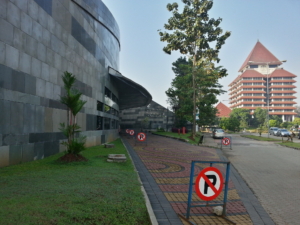
The University of Indonesia Central Library in Depok. Photo by Mohamad Sani from Flickr.
Australia and Indonesia have a longstanding tradition of research collaboration across a range of fields, particularly within the social sciences.
Some of these informal researcher-to-researcher connections have matured into formal Memoranda of Understanding (MoUs) and collaborations spanning decades. From this diverse research landscape a wealth of valuable insights on collaboration have emerged that can help guide future research partnerships.
KONEKSI is Australia’s flagship research and innovation program in Indonesia. In a recent series of interviews, KONEKSI engaged with six early, mid and senior-career researchers – including four current recipients of KONEKSI grants – to understand the key factors contributing to successful collaboration.
The insights shared by these researchers provide valuable guidance for those seeking to establish and maintain fruitful international research collaborations in Indonesia.
Invest in building strong relationships
Researchers we spoke with – from both Australia and Indonesia – repeatedly stressed the importance of building strong relationships with each other.
Relationship building takes time, hard work and persistence. Zainab Tahir, from the Indonesian Ministry of Marine Affairs and Fisheries, observed:
“The most important thing is to find a champion in your field. You might struggle to find a key person, but just find one, keep looking until you find them.”
For Zainab, that ‘champion’ turned out to be Natali Pearson of the Sydney Southeast Asia Centre at The University of Sydney, who she collaborates with on a number of maritime heritage projects. Natali agreed the key is finding a shared passion and forging trust early on:
“We started small with this Australia Indonesia Institute online short course, and it turned into a co-authored article for Inside Indonesia. And then it confirmed for me, and I think, for Zainab as well, that we worked well together. So, starting small and building those foundations, just testing out the waters with each other.”
Establish clear goals and lines of communication
Partners observed that when solid relationships were in place, there was a strong foundation to set mutually agreed upon goals and objectives for the project.
These goals and objectives were not just a ‘nice to have’ – but were instrumental in underpinning partnership success from the beginning, leveraging team diversity and skillsets, and ensuring robust and flexible systems were in place to make the research run smoothly and efficiently, particularly when challenges arose.
Eve Warburton echoes this sentiment and the importance of including all researchers in decision-making and research design from the outset:
“I think one of the key ingredients, and one that is very important for any sort of partnership, especially a partnership with colleagues in Indonesia, is setting goals, objectives, and expectations really early in the project.
So, at the beginning of a research project, we’ve all agreed on our research questions, we’ve all come together to design our methodology, our way of answering those questions.”
Partners noted the importance of robust planning and communication systems, implementing a range of systems to help their partnerships run smoothly. These included weekly or fortnightly Zoom meetings, quick catchups over WhatsApp, collaborating on files in Google Drive, providing office spaces at campuses for face-to-face time together and having monthly check-ins to refer to the original research design and keep everybody accountable.
Build flexibility into the research design
Despite the importance of creating clear goals and systems, partners also acknowledged the importance of building flexibility into these. It is important to be flexible enough to function across borders, time zones, in natural disasters, and throughout unforeseen challenges – like global pandemics. As Rachael Diprose highlighted:
“Even the best planned research project needs to have flexibility, because there are always on-the-ground realities that mean things…can change at a moment’s notice.
I’ve had examples where researchers have been carrying laptops on their heads out of villages because there’s just been some sort of natural disaster and flooding. And they’re just trying to get the data out. I’ve had examples where a change in the political situation means it’s just inappropriate to be conducting fieldwork.
Some of those things you can predict, many of them you can’t. Understanding those challenges and being context-sensitive right throughout the timeline is really important.”
Prioritising flexibility in research design ultimately led to stronger research collaborations, fostering mutual respect and enabled ongoing collaborations across institutions.
Challenge power inequalities
The researchers we spoke with noted the significant role that collaborative project teams could play in redressing power inequities in academia, including in resource allocation, authorship and information asymmetry.
Aware of the extractive nature of some research partnerships between international and Indonesian institutions, partners highlighted the contributions their partnerships were making to their institutions, and to dismantling inequities in international research.
For Sharyn Graham-Davies, the first step in overcoming these inequities is actually acknowledging that they exist:
“Being aware of those [power] dynamics is a first initial step in planning your research project. And so what tends to happen is, [a big] name might be on the application, but the work is done by other people. So being transparent about that by both sides will help mitigate a lot of the challenges that might come through.”
From an initial acknowledgement of the context, partners can then discuss practical ways to mitigate these inequities in their partnerships. These might include frank discussions on authorship, resourcing, workloads, or partnering junior and senior researchers together to gain a clearer sense of each other’s workloads.
For Agus Sutrisno, it’s about ensuring everyone is treated equally and with respect:
“The most important thing to realise in understanding these power dynamics is don’t get offended. Sometimes we deal with people who are vastly more experienced and they are busy people. So, if they ask you to do more, yes, give your time. But if you don’t have time, communicate that and say to them, “I also have limitations, because I do other things as well,” so we can probably negotiate the timeline a bit.”
These observations from partners highlight the role Australian and Indonesian researchers can play in challenging existing power inequities between academic institutions, ensuring the benefits of research collaborations extend to all partners and communities involved.
The insights gleaned from KONEKSI’s interviews with Australian and Indonesian researchers can serve as a roadmap for establishing and sustaining fruitful collaborations in the future.


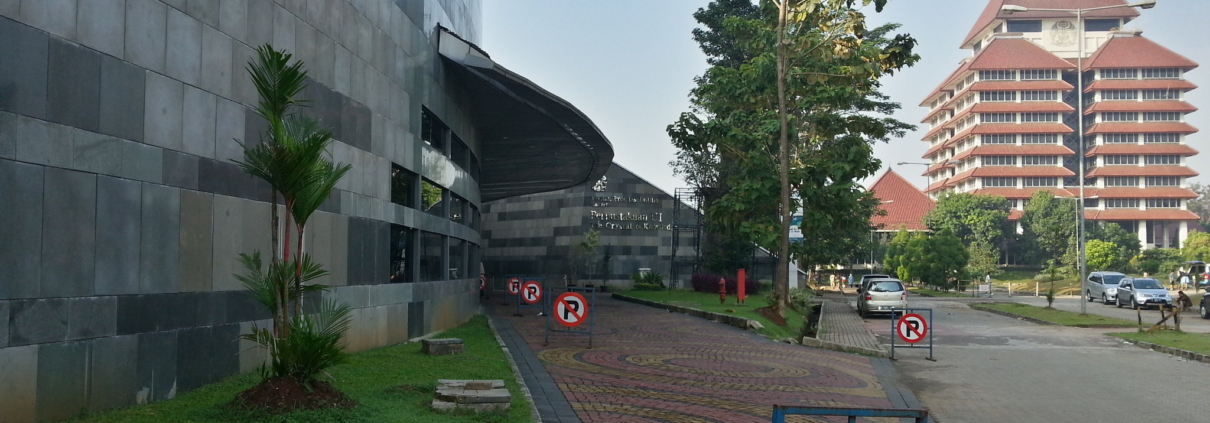 https://www.flickr.com/photos/msani/9477928180/in/photostream/
https://www.flickr.com/photos/msani/9477928180/in/photostream/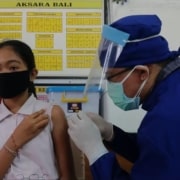
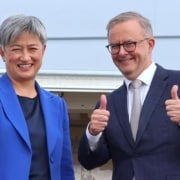
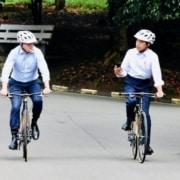
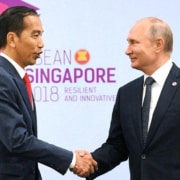

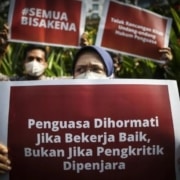


 Bench Lacemaking students likely at Keradjinan Amai Satia, Kotogadang, 1915. (KITLV shelfmark 5557), http://hdl.handle.net/1887.1/item:787418
Bench Lacemaking students likely at Keradjinan Amai Satia, Kotogadang, 1915. (KITLV shelfmark 5557), http://hdl.handle.net/1887.1/item:787418